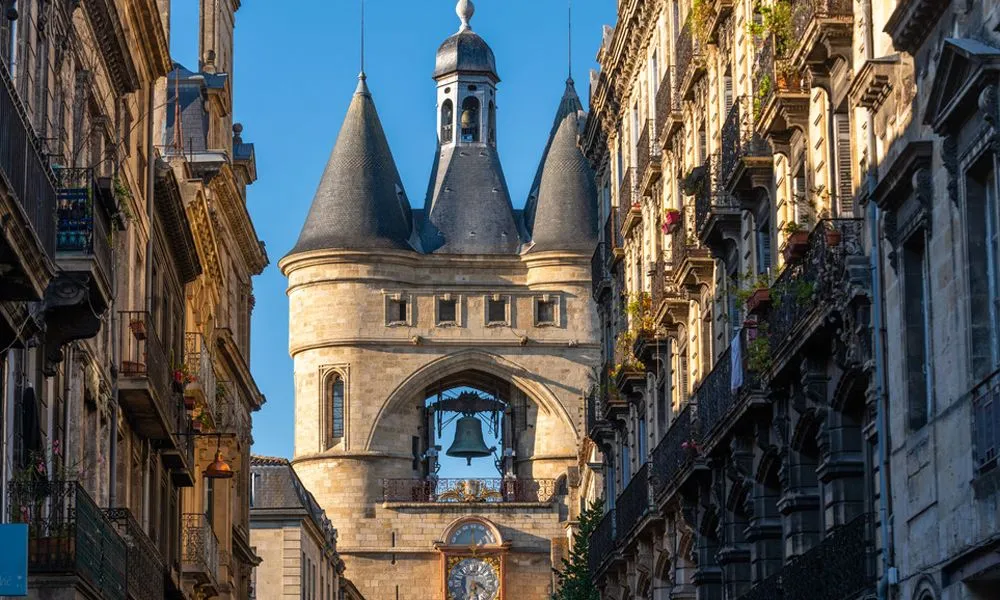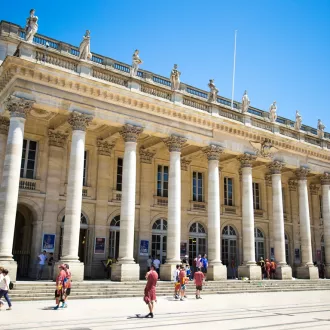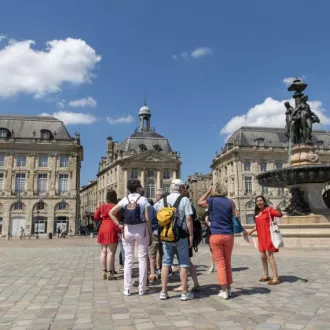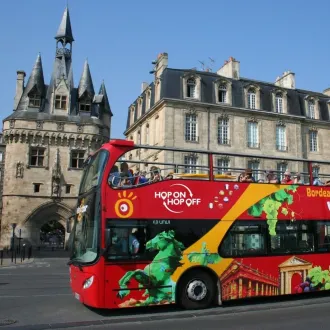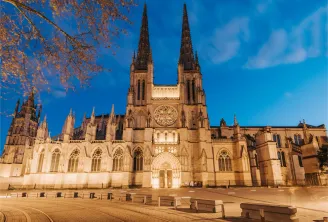From Burdigala to the present day, let us tell you about the city's fascinating history and marvel at the architectural gems of Gironde's capital.

Three monuments with incredible stories
What monuments should you visit in Bordeaux? It's hard to choose among its treasures, but three sites stand out for their fascinating anecdotes. From the Monument aux Girondins and its vanished allegories to the Grosse Cloche and its prison past, not forgetting the basilique Saint-Michel and its centuries-old mummies, these unusual tales outline a visit off the beaten track. Dive into the secret soul of Bordeaux through three iconic monuments.
The incredible fate of the Girondins monument allegories
1941, World War II, the need for metals is pressing. In Bordeaux, the recovery commission draws up a list of monuments to be sacrificed. August 1943 marked the coup de grâce for the Girondins monument: the bronzes were removed. Through a succession of initiatives, not always explained, the pieces were saved. They were stored in Angers, in a factory used as a base for grouping metals. The director is said to have ensured that they do not return to the smelting industry or to Germany... Returning to Bordeaux on July 5, 1945. But for almost 40 years, the horses moved from one place to another. In 1968, during a walk, Michel Moll Escarpenter discovers the allegories in Bacalan. He forms an association to restore the monument. His patience was rewarded on January 29, 1983; the day the horses resumed their place at the foot of the column. Did you know that the monument's underpinnings can be visited ?

The mummies of Saint-Michel: the city's most macabre attraction
Between 1794 and 1990, nearly 70 naturally mummified bodies, discovered in the basilica's former cemetery, were displayed in the crypt of the flèche Saint-Michel. Their exceptional preservation, attributed to the composition of the soil, made them a macabre curiosity attracting illustrious visitors such as Victor Hugo and Gustave Flaubert. These mummies, frozen in expressions that seemed to convey a slow agony, fueled tales and legends for two centuries.
In the crypt's half-light, guides emphatically described the alleged causes of death: a general with a sword wound, a portfaix crushed by a 1,250 kg load between the Porte Cailhau and the Chartrons... These tales, mixing reality and fiction, captivated visitors.
Discovered during the exhumation of the cemetery in 1794 - forbidden around churches for sanitary reasons - the bodies were transferred to the crypt. But their popularity precipitated their decline: exposed to air, germs and the hands of the curious, they gradually deteriorated. In 1990, reduced to fragments, they were finally interred in the cimetière de la Chartreuse.
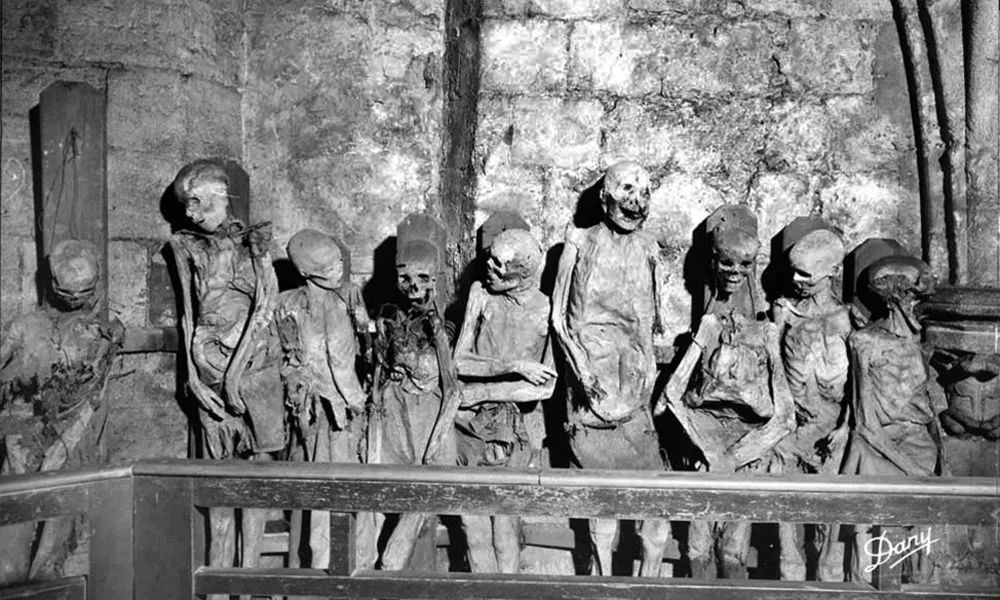
Bordeaux architectural highlights

The alabasters of Saint-Michel - a story worthy of a thriller
Another unusual story surrounding Saint-Michel: the theft of the alabasters from the basilica, which remains one of the most rocky cases in Bordeaux's heritage. In 1993, Françoise Baron, General Curator at the Louvre, studied a piece. She was certain that she held one of the alabaster pieces from a group listed in the Basilica of Saint-Michel in Bordeaux. After making a few enquiries, the news came through. Of the 9 panels decorating the altarpiece in St. Joseph's chapel, 7 are copies. These pieces, made in Nottingham in the 15th century, are exceptional for their quality.
However, no thefts have been reported. The last study attesting to their presence dates back to 1983. The deception therefore dates back to 1984. From antique dealers to collectors, the investigation follows the alabaster trail; soliciting sometimes the FBI, sometimes prestigious art galleries. In 2016, the last four alabasters were found in England, in a very good state of preservation. Restored, they will find their place in September 2019 during an official ceremony, closing thirty-five years of investigation worthy of a thriller.

The big bell - A former municipal prison
Its lion-shaped weather vane marks the top. This ancient belfry is the legacy of a defensive system punctuating the 13thᵉ century enclosure: the Porte Saint-Éloi. Faced with the threat of invasion from the King of Castile, and without the support of King John-landless, the town organized its protection and built the double rampart. The gate, to which the town hall will be attached, becomes the symbol of the town's civic liberties.
In early 16ᵉ, the gate's western tower houses the cells of the municipal prison. Here, the Jurade - the town council - locks up "misbehaving young men". The visit to the big bell uncovers some unusual stories. Graffiti, nicks and inscriptions - some still legible - left by former tenants can be discerned. It is said that the captains of the galleys used to visit the bell to find future galley slaves.
